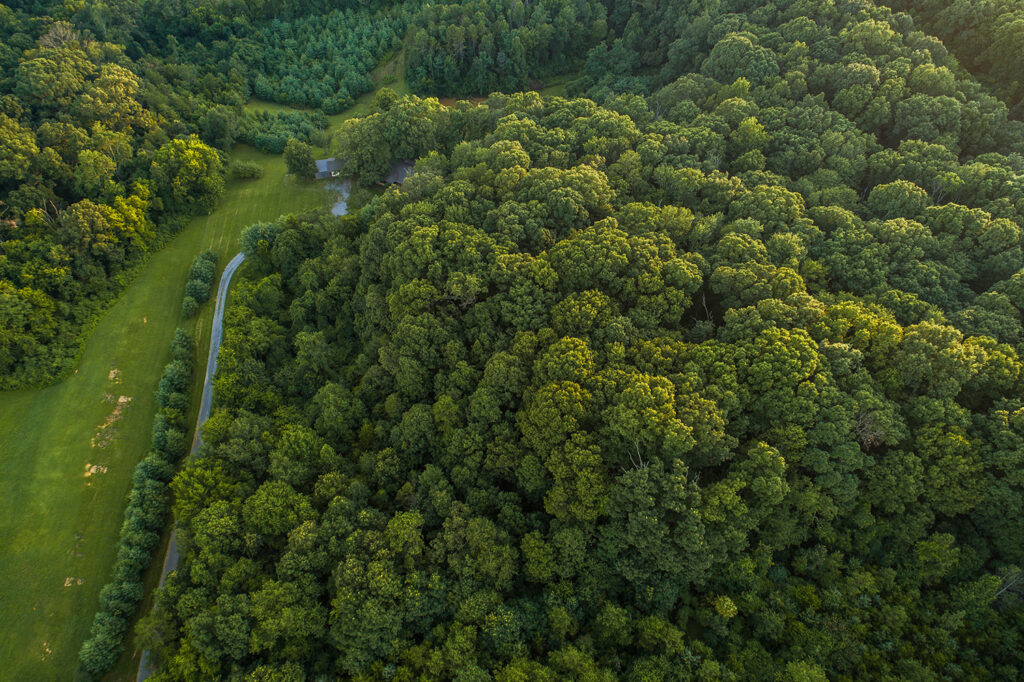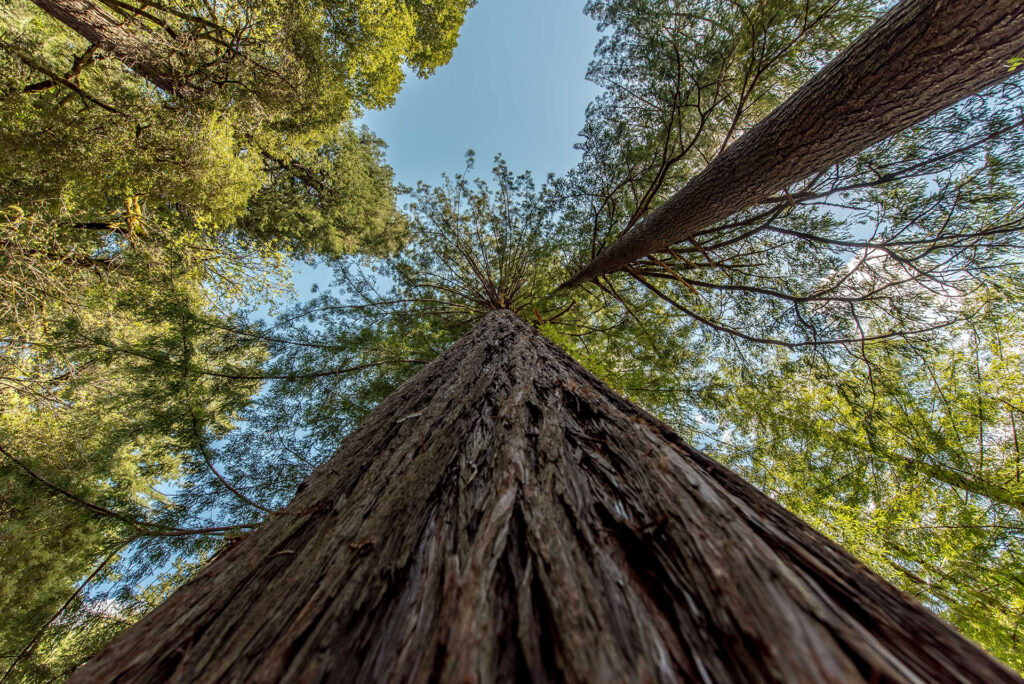How Much CO2 a Forest Absorb?
The world is getting a better understanding of just how important forests are in the global fight against climate change.

New research, published in Nature Climate Change and available on Global Forest Watch, found that the world’s forests sequestered about twice as much carbon dioxide as they emitted between 2001 and 2019.
In other words, forests provide a “carbon sink” that absorbs a net 7.6 billion metric tonnes of CO2 per year, 1.5 times more carbon than the United States emits annually.
Unlike other sectors, where carbon makes a one-way trip to the atmosphere, forests act as a two-way highway, absorbing CO2 when standing or regrowing and releasing it when cleared or degraded.
Before now, scientists estimated these global “carbon fluxes” from the sum of country-reported data, creating a coarse picture of the role forests play in both carbon emissions and sequestration. With these new data that combine ground measurements with satellite observations, it’s now possible quantify carbon fluxes consistently over any area, from small local forests to countries to entire continents.
Using this more granular information, WRI for example, discovered that the world’s forests emitted an average of 8.1 billion metric tonnes of carbon dioxide into the atmosphere each year due to deforestation and other disturbances, and absorbed 16 billion metric tonnes of CO2 per year.
Only One Major Tropical Rainforest Remains a Strong Carbon Sink
Tropical rainforests collectively sequester more carbon from the atmosphere than temperate or boreal forests, but they’re also increasingly destroyed for agricultural expansion. The world’s three largest tropical rainforests are located in the Amazon, Congo River basin and Southeast Asia.
Over the past 20 years, forests across Southeast Asia have collectively become a net source of carbon emissions due to clearing for plantations, uncontrolled fires and drainage of peat soils.
The Amazon River basin, which stretches across nine countries in South America, is still a net carbon sink, but teeters on the edge of becoming a net source if forest loss continues at current rates. The Amazon basin has experienced heightened deforestation in the last four years due to clearing for cattle pasture and degradation from fires.
Of the world’s three largest tropical rainforests, only the Congo has enough standing forest left to remain a strong net carbon sink. The Congo’s tropical rainforest sequesters 600 million metric tonnes more carbon dioxide per year than it emits, equivalent to about one-third of the CO2 emissions from all U.S. transportation.
Protecting the remaining forests in all three regions is critical to mitigating climate change.
Protected Areas Help Conserve Forest Carbon Sinks
The precarious state of the Amazonian carbon sink highlights the need to protect the forests we have left in this region and elsewhere around the world. Protected areas and indigenous reserves are some of our most valuable tools in the climate action toolbox, combined with command-and-control policies.
For example, in Brazil, a stark contrast in carbon emissions is evident between the protected Menkragnotí indigenous reserve and the surrounding unprotected forest. Forests in the reserve continue to absorb approximately 10 million metric tonnes of carbon dioxide more from the atmosphere than they emit every year — equivalent to the annual carbon emissions from more than 2 million cars. The area surrounding the Menkragnotí indigenous reserve has become a net carbon source due to clearing for mining, pasture and soy.
Recognizing Indigenous Peoples and local communities as owners of their lands, and enforcing those rights, is a proven strategy to protect standing forests and enhance carbon stored in them.
Protecting Standing Forests Is Critical for Climate Mitigation
Overall, the study shows that keeping existing forests standing remains our best hope to fight the effects of climate change.
Protecting primary and mature secondary forests today is most important task.
Today, scientists can identify with unprecedented detail those forests that are capturing and emitting the most carbon.
And this analysis can also be continually improved as better data become available. By doing this we are able to tracking progress toward reducing emissions from deforestation and identifying where forests are being successfully managed — and where they need more protection.


